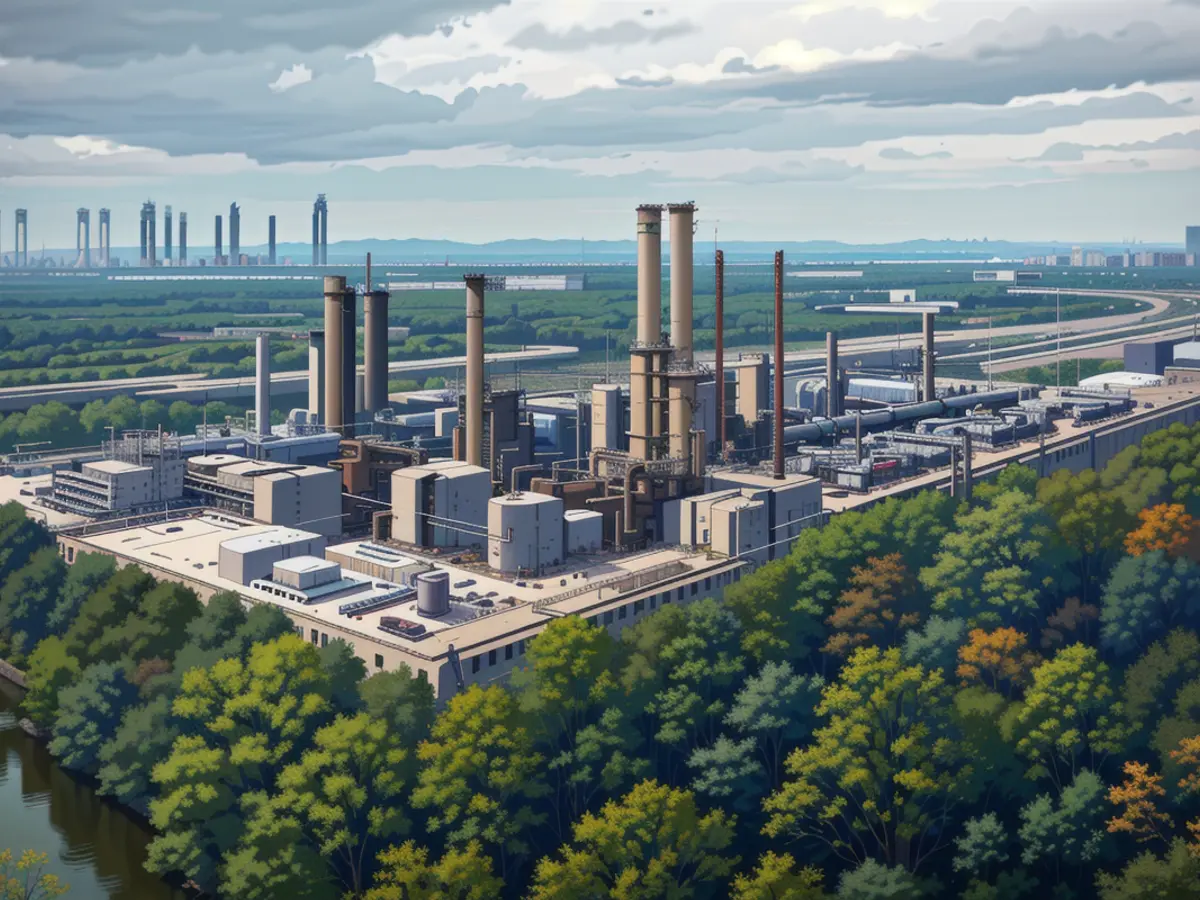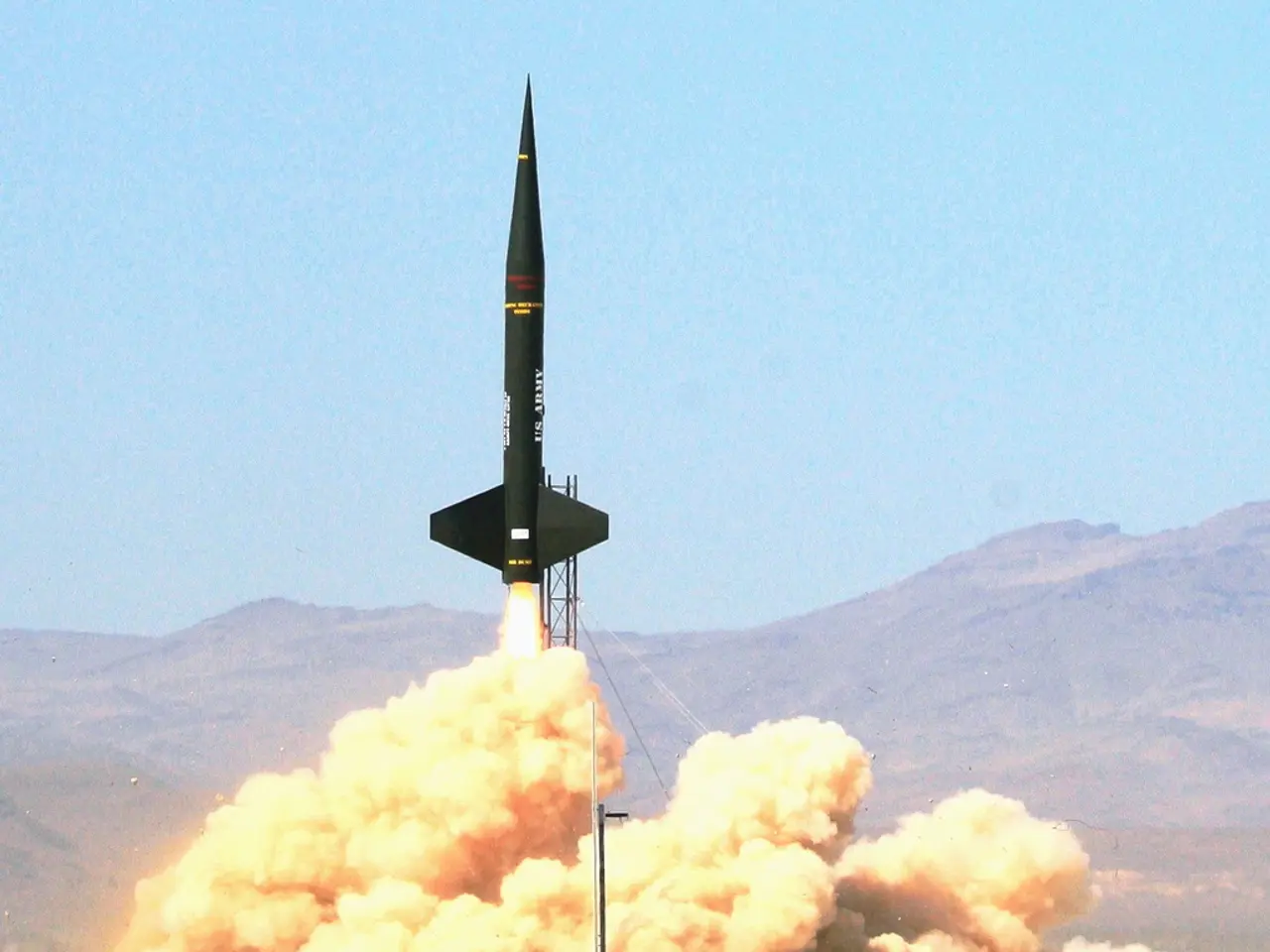BP Reduces Commitment to Renewable Energy Sources and Increases Focus on Fossil Fuels in Significant Strategic Adjustment
In a surprising move, BP announced on Wednesday that it would ramp up its annual oil and gas spending to a staggering $10 billion, while drastically slashing investment in renewable energy. The British petroleum giant now aims to decrease its annual investment in transition businesses to just between $1.5 billion and $2 billion per year, a significant drop from its previous plans.
CEO Murray Auchincloss remarked, "We're going for a reset BP, with an unwavering focus on growing long-term shareholder value." This shift in strategy reflects BP's desire to funnel its resources into its highest-yielding ventures, which currently are oil and gas, as opposed to continuing to invest heavily in renewable energy.
This reconfiguration in BP's prioritizations comes in the face of mounting pressure from its shareholders, including prominent activist investor Elliott Investment Management, which has pushed for a return to fossil fuels in order to boost profits.
In the broader energy sector, a trend is emerging as major companies, having initially shifted their focus towards lowering carbon emissions and curbing climate change, are now turning their attention back to oil and gas, where returns have become more feasible as fossil fuel prices have recovered from pandemic lows.
In an effort to bolster investor confidence, BP aims to boost its output of oil and gas. The company has even unveiled ambitious goals to launch ten major upstream projects by 2027 and an additional eight to ten by 2030.
Allen Good, Director of Equity Research at Morningstar, weighed in on the situation, expressing that, "The refocus on hydrocarbons is positive for BP as is the overall lower spending, which is driven by lower renewable spending."
However, despite these advantages, there are concerns revolving around the absence of substantial production growth. To offset this, BP has expressed intentions to divest $20 billion worth of assets by 2027.
In addition, BP has pledged to raise its dividend by at least 4% annually and to allocate a generous 30-40% of its operating cash flow to shareholder returns.
It's important to note that this strategic shift has met with criticism from environmental organizations, claiming that it clashes with legal climate targets and exacerbates climate change impacts.
Yet, BP is determined to attract investors by focusing on high-margin energy production and improving financial metrics.
[1] Source: Climate Home News[2] Source: Reuters[3] Source: The Guardian[4] Source: Energy Voice[5] Source: BP's Investor Relations Report
- Despite the criticism from environmental organizations, BP's CEO, Murray Auchincloss, is determined to attract investors by focusing on high-margin business in oil and gas, aiming to boost output and increase dividends.
- BP, under Auchincloss' leadership, has announced a significant increase in annual oil and gas spending to $10 billion, while reducing investment in transition businesses like renewable energy to between $1.5 billion and $2 billion per year.
- In line with its new strategy, BP has revealed plans to divest $20 billion worth of assets by 2027, further reallocating its resources to its most profitable ventures, such as oil and gas.







